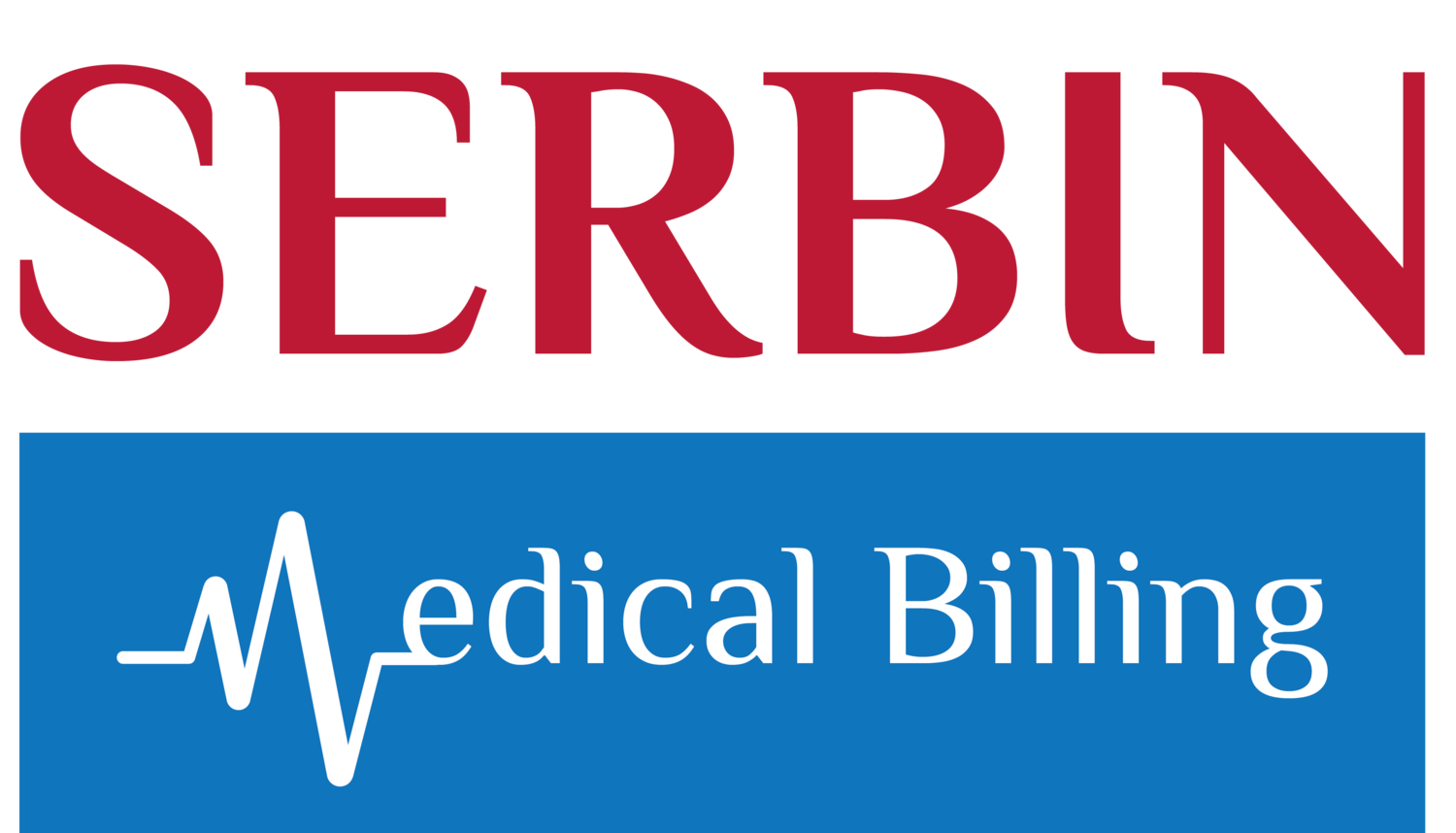Inconsistent or No Financial Auditing
ASC Revenue Leak Tip
Money that remains outstanding in accounts receivable (A/R) is an asset but is not revenue. You can’t spend it or pay bills with it until it’s in the bank. The older the A/R gets, the less likely you are to successfully collect it. The key to avoiding high days in A/R and achieving consistent revenue stream is to continuously audit your financial performance.
Run the following reports to keep your finger on the financial pulse of your ASC.
1. Aging A/R. This report checks to ensure that:
total dollar amount is not increasing and
days in A/R is decreasing.
2. Summary aging report showing volume by financial class. This will allow you to assess specific trends in workers’ compensation, Medicare, Medicaid, private payors, etc.
3. Summary aging report for private payors. This will allow you to assess trends by payor.
4. Summary aging report by physician. This will reveal any case mix trends.
5. Physician utilization report. This will reveal any decreases in case volume by physician
Running these reports will highlight areas that need immediate attention. Share the results with the appropriate revenue cycle staff member while offering suggestions as to how to address any problems.
It is important to regularly audit each area of the revenue cycle (insurance verification, patient financial counseling, claim submission, payment posting, collections) for accuracy and timeliness of performance. Also, it is advisable to contract with an outside professional coding audit company to review coding accuracy and optimization at least annually.
The financial health of your ASC depends on persistent and thorough oversight. Successful and reliable cash flow is only accomplished by consistent auditing.
Access other tips in this series on ASC revenue leaks.
Never miss a new tip by following Serbin Medical Billing’s LinkedIn page!

